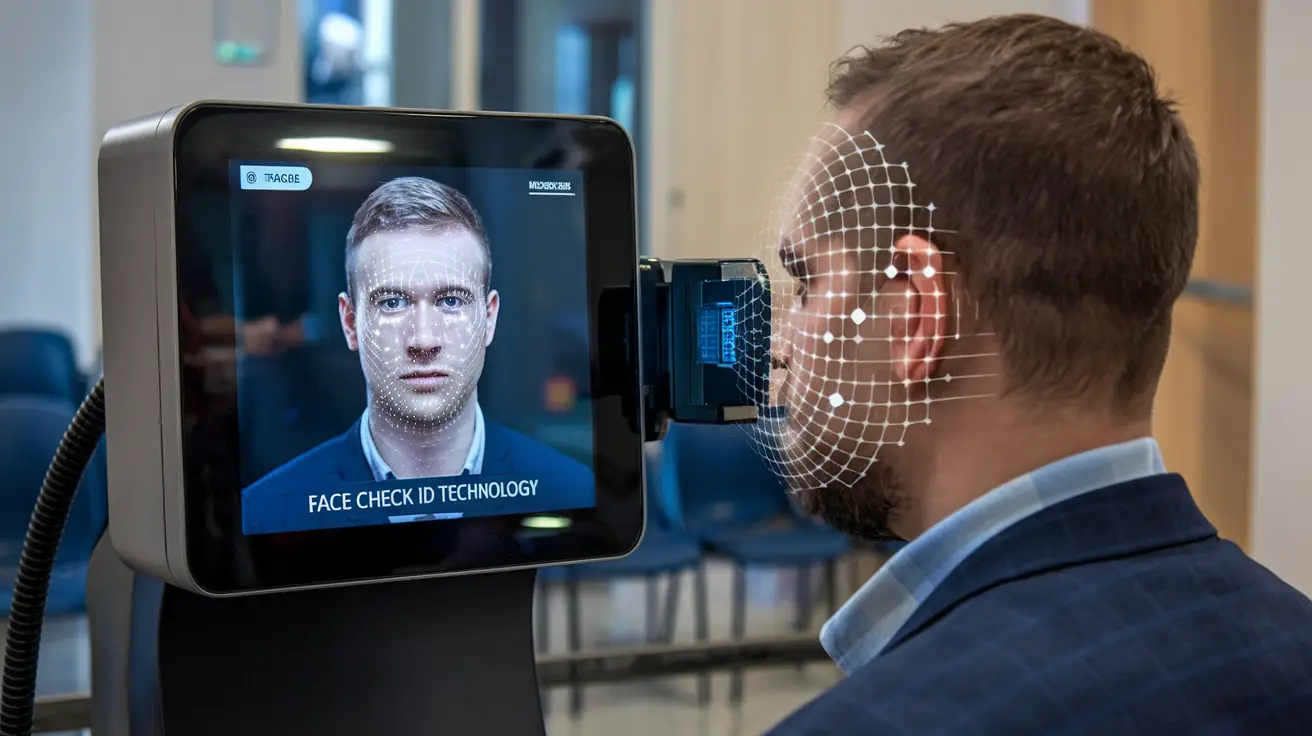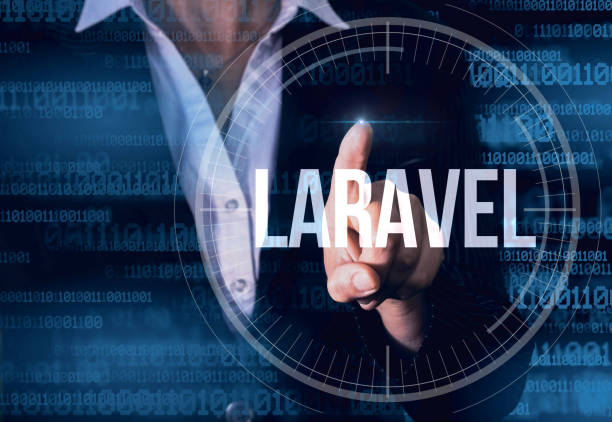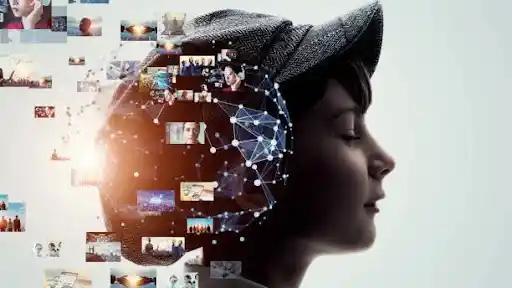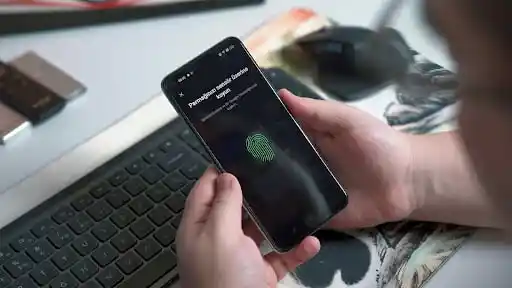Streamline Your Security with Face Check ID Technology

In today’s fast-paced world, where everything from communication to business happens in the blink of an eye, security and convenience have become vitally important in daily life activities. People want solutions that not only protect their personal and financial information but also fit smoothly and easily approachable into their daily routines.Face Check ID is one of the most groundbreaking developments in this area. Whether it’s opening your smartphone, boarding a flight, or accessing a secure facility, Facecheck id has changed the landscape of identity verification.
Imagine walking into an airport and having your face recognized instantly, allowing you to pass through security checkpoints without needing to fumble for your ID or boarding pass. Or consider the ease of completing an online transaction by simply looking at your phone instead of typing in lengthy passwords. Face check id is making these scenarios a reality, offering a blend of security and simplicity that is hard to beat.
This article delves into the fascinating world of Facecheck id, unlocking how it works, where it’s being used, and the myriad benefits it offers. We’ll also explore some of the challenges it faces and what the future holds for this innovative technology. Whether you’re a tech enthusiast or just curious about how the world is evolving around you, this exploration of Face Check.ID will provide valuable insights into a technology that’s reshaping our lives.
What is a Face Check ID?
Face Check ID, often referred to as facial recognition technology, is a sophisticated biometric system designed to verify an individual’s identity by analyzing their unique facial features. The technology operates by capturing an image or video of a person’s face and mapping key facial landmarks such as the distance between the eyes, the nose’s shape, and the jawline’s contour. This mapped data is then compared against a stored facial image database to find a match.
How Does Face Check ID Work?
Face Check ID technology relies on a sophisticated and precise process that ensures secure and efficient identification. Here’s a closer look at each step involved:
- Image Capture: The process begins with capturing an image or video of a person’s face using a camera. This could be a smartphone camera, a webcam, or a security camera. The system ensures the image is clear and of high quality to accurately map facial features.
- Feature Mapping: Once the image is captured, the system analyzes it to identify and map key facial features. This involves measuring the distance between the eyes, noting the shape of the nose, the contours of the jawline, and other unique facial landmarks. The technology uses complex algorithms to create a detailed facial map, which serves as a digital signature for the individual.
- Database Comparison: The facial map is then compared against a database of pre-stored images. The system looks for matches by analyzing similarities between the captured facial features and those in the database. This step requires high precision to ensure that even subtle differences are accounted for, minimizing errors and false matches.
- Verification: If the system finds a match, it verifies the person’s identity, granting access or confirming the identification. If no match is found, the system may request additional verification methods, such as a password or a manual ID check. The seamless integration of this step ensures both security and user convenience, making the technology suitable for high-security environments.
The entire process is designed to be fast and efficient, often completing in a matter of seconds. This speed, combined with high accuracy, makes Face Check ID an ideal solution for various applications, from unlocking devices to secure access control in sensitive areas.
Applications of Face Check ID:
Face check.com technology has led to its adoption across various industries, authorities and platforms, transforming the way verification of identity is conducted:
1. Mobile Devices:
In the realm of mobile technology, Face Check.ID has become a standard feature in many smartphones. Users can open their devices and authorize payments simply by looking at the camera, eliminating the need for traditional PINs or passwords. This not only enhances security but also provides a seamless user experience. The integration of face chek.id in mobile devices has made everyday tasks quicker like just a blink is required and more secure than passwords, PINs or patterns, ensuring that sensitive information remains protected.
2. Airports and Travel:
Airports are leveraging Face Check ID to streamline security and boarding processes. By matching a passenger’s face with their travel documents, airports can significantly reduce waiting times and enhance overall security. This technology is also used in automated border control systems, making international travel more efficient. The implementation of Face Check ID in airports ensures a smoother travel experience, reducing stress for passengers while maintaining high-security standards.
3. Banking and Finance:
In the financial sector, Face Check ID is used to secure online banking services and mobile payment systems. By requiring facial verification for transactions, banks can protect users from fraudulent activities and unauthorized access to accounts. This added layer of security gives customers peace of mind, knowing that their financial information is safeguarded against potential threats. The convenience of quickly verifying identity through facial recognition also enhances the user experience, making banking services more accessible and user-friendly.
4. Retail and Hospitality:
Retailers and hotels are adopting Face Check ID to personalize customer experiences. For example, hotels can recognize returning guests and offer customized services, while retailers can use the technology to streamline checkouts and improve customer engagement. By implementing Face Check ID, businesses can create a more tailored and efficient service, enhancing customer satisfaction and loyalty. The ability to quickly and accurately identify customers allows for a more personalized approach, setting businesses apart in competitive markets.
5. Workplace Security:
Organizations are implementing Face Check ID to control access to restricted areas. By ensuring that only authorized personnel can enter sensitive zones, companies can enhance security and protect valuable assets. This technology not only improves security but also simplifies the process of managing access control, reducing the need for physical keys or ID cards. Employees benefit from a more streamlined and secure work environment, while employers can rest assured that their premises and data are well-protected.
Benefits of Face Check ID:
The adoption of Face Check ID technology offers numerous benefits, making it an attractive solution for various applications:
1. Enhanced Security:
Facial features are unique to each individual, making Face Check ID a highly secure method of identity verification. Unlike passwords or ID cards, facial features cannot be easily replicated or stolen, reducing the risk of unauthorized access.
2. Convenience:
Face Check.ID simplifies the verification process, allowing users to authenticate their identity quickly and effortlessly. This convenience is particularly beneficial in scenarios where speed and ease of access are critical, such as airport security or mobile payments.
3. Improved User Experience:
By reducing the need for manual checks and lengthy verification processes, Face Check ID enhances the overall user experience. Whether it’s unlocking a smartphone or checking into a hotel, the technology offers a smooth and efficient interaction.
4. Cost-Effective:
Although the initial implementation of facecheck id systems may require investment, the long-term benefits include reduced costs associated with security personnel and decreased instances of fraud. Over time, the technology can prove to be a cost-effective solution for businesses.
Challenges and Concerns:
Despite its advantages, Face Check ID technology is not without challenges and concerns:
1. Privacy Issues:
The collection and storage of facial data raise significant privacy concerns. Users may worry about how their data is stored and who has access to it. Ensuring robust data protection measures is crucial to addressing these concerns.
2. Accuracy:
While Face Check ID is generally accurate, factors such as poor lighting, changes in appearance, or low-quality images can affect its reliability. Continuous advancements in technology are needed to improve accuracy and reduce false positives or negatives.
3. Bias and Discrimination:
There have been cases where facial recognition systems have shown biases, particularly in recognizing faces from diverse ethnic backgrounds. Addressing these biases through improved algorithms and diverse training datasets is essential to ensure fairness and inclusivity.
The Future of Face Check ID:
The future of Face Check ID technology is promising, with ongoing advancements aimed at refining its effectiveness and overcoming current challenges. Key developments include:
- Integration with Other Biometric Systems: Face Check ID is expected to merge with other biometric technologies like fingerprint or iris recognition for multi-factor authentication, enhancing security and reducing fraud risks across sectors like banking and healthcare.
- Smart City Applications: Face check.id could be pivotal in smart city development, enabling safer public spaces by monitoring traffic, identifying individuals in need, and preventing crime through integration with surveillance systems. This could lead to more efficient public services and enhanced urban safety.
- Enhanced Privacy Protections: Future Face check.id systems will focus on improving privacy by decentralizing facial data storage, allowing users to store their information locally on devices, reducing the risk of data breaches and giving users more control over their data.
- Improved Accuracy and Efficiency: With advancements in AI and machine learning, Face Check ID will become more accurate, even in challenging environments like low light or crowded spaces, ensuring faster and more reliable identity verification.
- Increased Accessibility and Integration: As Face chek.id becomes more integrated into everyday technology, such as smartphones and smartwatches, it will replace traditional authentication methods, providing a seamless and inclusive user experience.
- Global Standardization and Regulation: As Face check.id gains global adoption, standardized regulations will ensure ethical use, protecting users’ privacy and establishing clear guidelines for businesses implementing the technology.
Conclusion:
Face check.com technology is set to transform security and identity verification, offering a balance of convenience and protection. By addressing privacy and ethical concerns, it will become a valuable tool in our daily lives, empowering individuals and contributing to safer, more connected communities. As leaders in the field continue to innovate, Face Check ID’s evolution will be defined by its ability to adapt while respecting user trust and privacy.
Also Read: NFC e-Passport Verification









